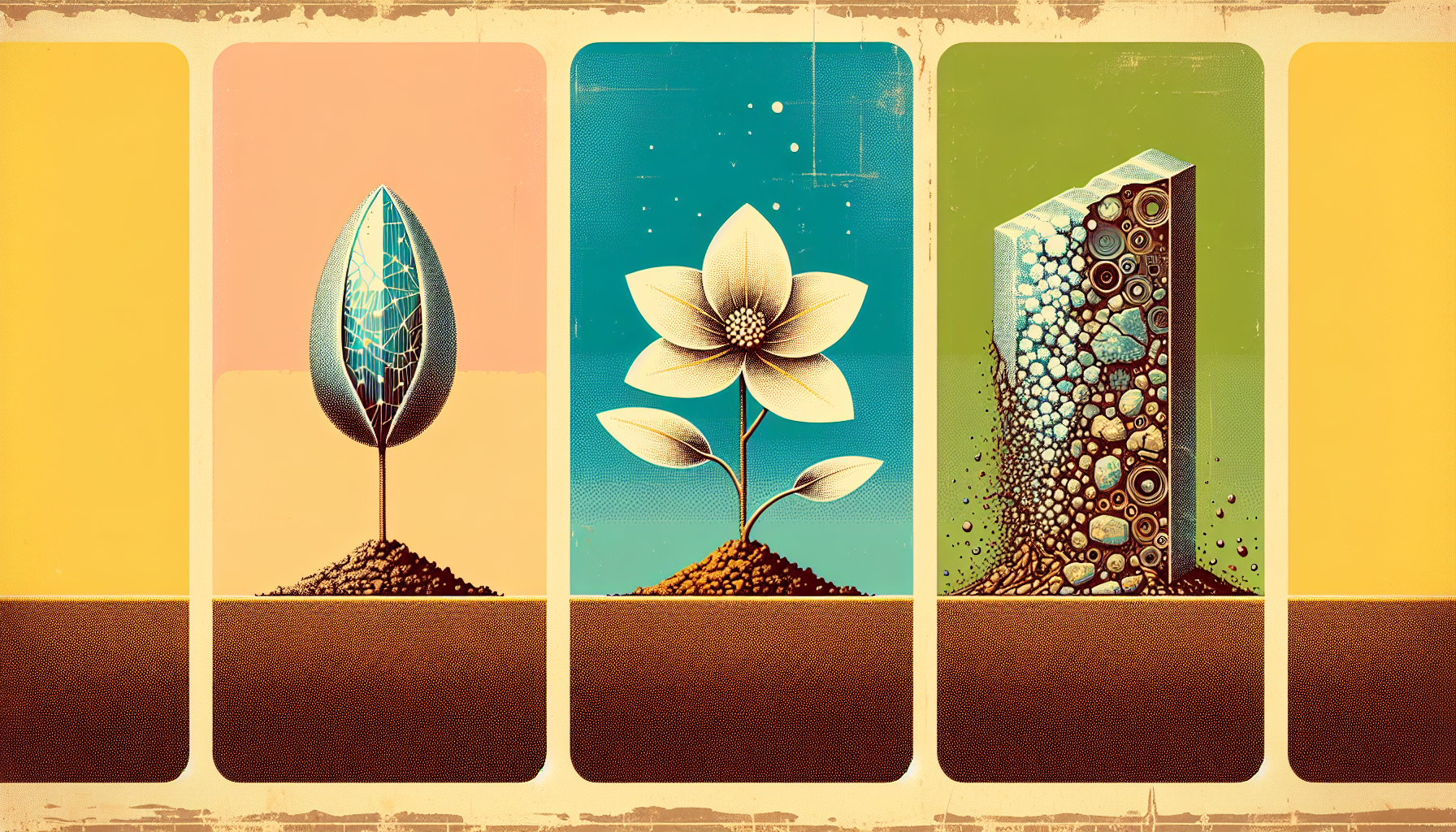In recent years, generative AI has opened a new chapter in video creation. Thanks to rapid advances in this technology, AI can now bring to life metamorphic videos—videos that show real-world transformations over time. Imagine watching a tree sprout from a seed, a flower blooming, or a metal changing color as it reacts with air, all modeled in detail by AI. These innovations are not only stunning to behold but also deepen our understanding of the natural processes that shape our world.
MagicTime: A Milestone in AI-Powered Video Creation
At the heart of this progress is a new AI model called MagicTime. Developed by leading researchers at the University of Rochester, Peking University, UC Santa Cruz, and the National University of Singapore, MagicTime stands out in its ability to depict authentic change over time.
What makes MagicTime different is its deep understanding of the world’s physical rules. Unlike earlier AI systems, which often struggled to make dynamic, believable videos, MagicTime learns from an extensive collection of over 2,000 time-lapse videos, each paired with detailed captions. During training, it absorbs knowledge about how plants grow, chemicals react, or even how social changes unfold. This understanding allows the model to create compelling videos from just a simple textual prompt, turning words into realistic animations of transformations grounded in science and observation.
From Simple Motion to Complex Changes
Previous generations of text-to-video AI had clear limits. They could produce short clips showing basic movement, but struggled with depicting more involved transformations. As a result, their videos looked repetitive and lacked depth. Now, with technologies like MagicTime, AI can show processes that naturally unfold over hours or days—such as a butterfly emerging from its chrysalis or weathering changes in a landscape.
This leap in capability doesn’t just improve aesthetics. It has real value for storytellers, educators, and researchers. A science teacher can illustrate plant growth or geological shifts with tailored videos. Content creators can show gradual transformations that help audiences grasp the passage of time. Researchers can visualize processes that are otherwise hard to capture or predict.
Accessible Tools for Everyone
The growth of generative AI hasn’t been limited to research labs. Today, powerful text-to-video tools are available to the public. InVideo, for example, lets people turn simple text prompts into polished videos. Users can set details like the video’s length and shape, and further personalize their content with AI-generated voiceovers, even choosing different accents or cloning their own voice. Rich libraries of stock images and video clips are at their fingertips, and editing is as easy as typing a new instruction.
This accessibility has made AI video tools popular in business, education, advertising, and creative industries. Making complex visual content is now faster and requires far less technical skill than ever before.
Generative AI in Major Productions
Large technology companies are embracing these breakthroughs at scale. At Google’s I/O 2025 event, advanced AI models like Veo 2 and Imagen 4 were used to craft keynote visuals and videos, underscoring how far generative video technology has come. Other platforms, such as Flow, now make it possible to build entire storylines and cinematic clips, giving users new creative possibilities and consistency in filmmaking.
A New Era for Creativity and Understanding
The arrival of metamorphic text-to-video AI signals a profound change in how we create, teach, and explore ideas through video. By combining a deep knowledge of real-world physics with vast collections of time-lapse data, models like MagicTime allow us to generate scenes of authentic transformation with ease. This not only broadens creative expression but also provides valuable tools for education and complex simulations.
As generative AI continues to mature, the boundaries between imagination and reality will become even more fluid. What once took days or months of filming, or was simply impossible to capture, can now be created from a few lines of text—making the wonders of change and growth accessible to all.

Leave a Reply